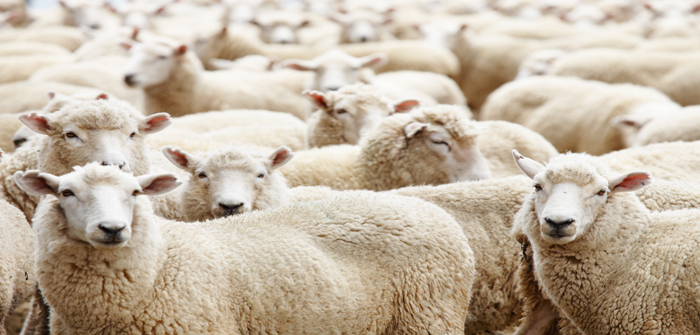Sheep farmers are being reminded of the importance of only worming their ewes when necessary at lambing to minimise the threat from anthelmintic resistance.
Traditionally, farmers have routinely wormed ewes around lambing as ewes are more prone to shedding eggs due to their lowered immune status.
However, reports of an overuse of wormers at lambing and an increase in the prevalence of moxidectin resistance in the UK has raised industry calls for farmers to be more selective when it comes to worming.
Speaking on behalf of Sustainable Control of Parasites in Sheep (SCOPS), Lesley Stubbings said: “The priority must be to preserve moxidectin 2% both as an anthelmintic for worms and a treatment for sheep scab. In order to do this, the sheep industry must prescribe moxidectin responsibly, by applying the SCOPS principles.
“This means sheep farmers working with whoever prescribes their anthelmintic, should ensure the treatment is always given at the right dose rate, administered correctly and some worms remain unexposed to the treatment by leaving some ewes untreated.”
Treating at lambing
The risk period when a ewe’s immunity is lowered is from about two weeks before lambing to around six weeks post lambing. This can lead to increased egg production by female roundworms- a period termed the Spring Rise.
Zoetis vet Ally Anderson said: “Moxidectin 2% is the only product proven to suppress the Spring Rise and is the only wormer that persists long enough to suppress egg output from the ewes, according to.
“Cydectin Long Acting Injection, which is a 2% moxidectin product has a worm persistency period of up to 111 days. Its long persistency means it can help reduce the risk of pasture contamination and therefore reduce the need to treat the lambs, saving time, money and reducing the number of wormer dosings on the farm.”


